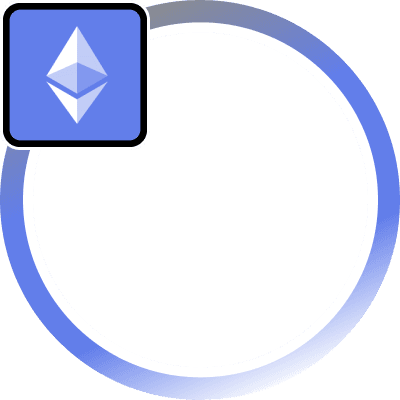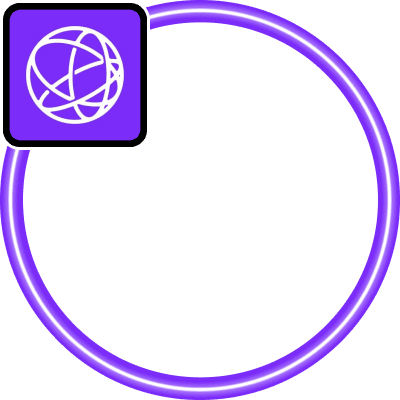What are Rollups?
Rollups help alleviate congestion on Layer-1 blockchains by moving transaction execution off-chain and only storing essential data or proofs on the main chain. This strategy allows blockchains like Ethereum to scale without compromising on decentralization or security. Rollups bundle multiple transactions together into batches, which are later submitted to the Layer-1 network to achieve finality.
Types of Rollups
1. Optimistic Rollups
Optimistic Rollups assume all transactions are valid by default. These transactions are aggregated off-chain and posted to the Layer-1 blockchain without initial verification. A challenge period (usually seven days) follows, during which any fraudulent transaction can be contested by validators through fraud proofs.
- Examples: Arbitrum, Optimism, and Mantle.
- Strengths: High throughput and compatibility with Ethereum’s tools, making them ideal for decentralized finance (DeFi) applications.
- Drawbacks: The seven-day challenge period delays finality, making withdrawals slower compared to other rollup types.
2. Zero-Knowledge (ZK) Rollups
ZK Rollups use zero-knowledge proofs to validate transactions off-chain. Each batch of transactions is accompanied by a cryptographic proof (e.g., zk-SNARK or zk-STARK) that ensures all transactions within the batch are legitimate. These proofs are submitted to the Layer 1 network for finality without a challenge period, enabling fast withdrawals.
- Examples: zkSync, StarkNet, and Polygon’s zkEVM.
- Strengths: Faster finality, enhanced privacy, and higher security due to immediate verification.
- Drawbacks: More complex technology requiring higher computational resources, potentially limiting adoption.
Key Differences Between Optimistic and ZK Rollups
- Security Model: ZK Rollups rely on cryptographic proofs for security, while Optimistic Rollups depend on validators to flag fraudulent activity during the challenge period.
- Finality: Optimistic Rollups introduce delays in finality due to the challenge period, whereas ZK Rollups achieve near-instant finality upon submission.
- Use Cases: Optimistic Rollups are favored for DeFi applications, where Ethereum compatibility is crucial. In contrast, ZK Rollups are preferred for applications that prioritize privacy and security, such as gaming and NFTs.
- Costs: Optimistic Rollups generally have lower computational costs, while ZK Rollups incur higher setup costs due to complex proof mechanisms.
Examples of Rollup Adoption
- Arbitrum and Optimism have gained significant traction in DeFi, offering fast transaction speeds with Ethereum-level security. Projects like Base and Mantle are built on the Optimistic rollup framework, driving further adoption.
- zkSync and Polygon zkEVM focus on scaling Ethereum with privacy-preserving technologies, supporting dApps and NFT marketplaces that require fast, low-cost transactions.
- Immutable X, a ZK-based rollup, specializes in gas-free NFT minting, helping developers and gamers avoid Ethereum’s high fees.
Challenges and Future Outlook
While rollups improve scalability, challenges remain. Optimistic Rollups introduce delays with their challenge periods, which can be problematic for time-sensitive operations. ZK Rollups offer faster finality but are computationally intensive, making them more expensive to implement. However, ongoing developments aim to optimize both models, with new projects exploring ways to reduce costs and increase adoption.
In the future, rollups are expected to become a standard part of blockchain infrastructure, playing a pivotal role in achieving scalability, security, and decentralization across multiple networks.








